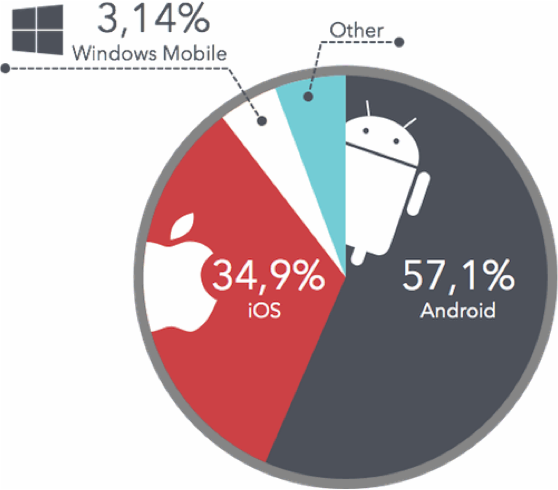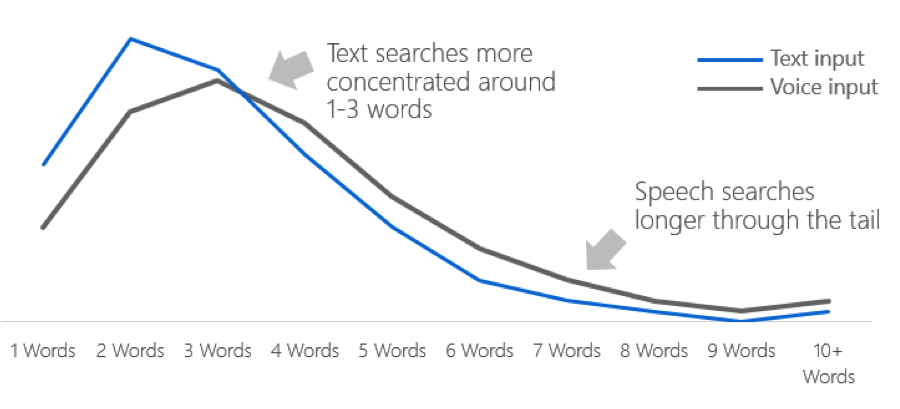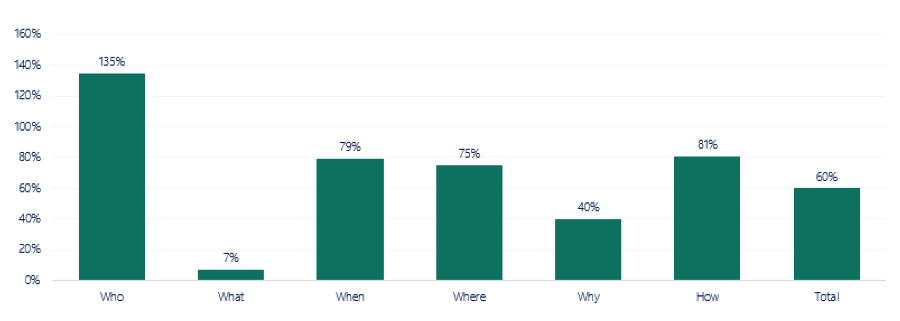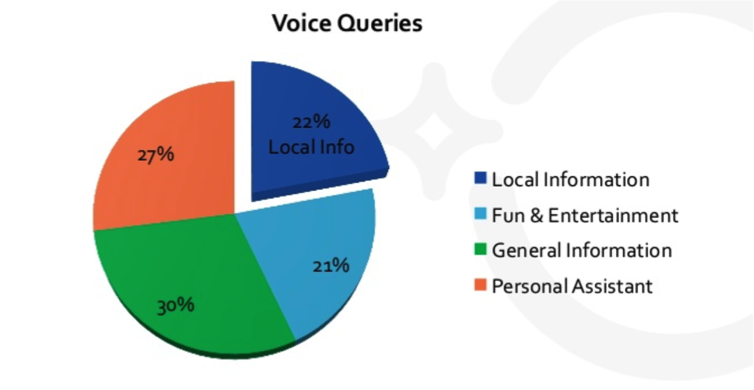— August 28, 2017

Me, to Siri, earlier today – “Siri, what is the meaning of life?”
Siri – “I Kant answer that. Ha ha!”
(Please note that I changed the default Siri voice to be the voice of an Australian man, which makes the answer so much better.)
All joking aside, all of us have probably used Siri, Alexa, Cortana, or Google Now at some point, either for fun or for practical purposes. In fact, voice search has grown considerably over the past few years. According to Google, more than half of teens and 41% of adults use voice search daily. The most common ways to use voice search are to call someone, ask for directions, dictate texts, and get information (surprisingly, asking Siri dumb questions was NOT a common way to use voice search). People generally use it while multi-tasking – cooking, watching TV, and driving – to get information more efficiently. And more than half of all queries will be voice search by 2020, according to SearchEngineLand. So, this is not something marketers and SEOs can ignore.
There are four major players in the voice search market:
- iOS, which uses the beloved Siri and utilizes Bing as its search engine
- Androids, which use Google Now and utilize Google as its search engine
- Amazon, which uses Alexa and utilizes Bing as its search engine
- Microsoft, which uses Cortana and utilizes Bing as its search engine
So, what are the major differences between typed and voice search? We’ll lay them out for you.
-
Voice search is more conversational.
We talk differently than we type. If you’re looking for Chinese food, you’d probably type “Chinese restaurants near me” or “Chinese takeout in Alexandria.” But if you were talking, you’d probably say “Where can I get Chinese food?”
Search engines are picking up on this trend and trying to have a conversation with you via voice search. Try this fun experiment (okay, so my idea of fun may be different than most people’s):
Go to Google and type in:
-Who is the prime minister of Great Britain?
Then do a new search. How old is she?
And then another. Where did she go to school?
Google gets confused. It does not realize that when you say “she,” you’re referring to Theresa May, your answer in question #1.
But if you try the same in voice search with Google, you will see that Google understands that your queries are related and provides you with the correct answers. If you repeat this example with Siri, she understands that the first two queries are related, but not the last one.
-
Voice search tends to be longer.
On average, the query length for typed searches is 3.2 words. With voice search, the average query length is closer to 4.2 words.
-
Voice search incorporates more question words and therefore shows more intent.
Since voice search is more conversational, voice search tends to incorporate more question words – “who,” “what,” “where,” “how.” In fact, almost 10% of voice search queries start with who, what, when, where, why, how – as opposed to only 3.7% of text queries.
According to Moz, the most used question words in voice search are “who” and “how.”
As a result, voice search shows more intent. You might start by searching “What is a digital camera?” and then “How do digital cameras work?” and finally, when you’re ready to buy, “Where do I buy a digital camera?”
So, how do we do it?
Good news. The same SEO best practices that you’d follow for a website also apply to helping your site be optimized for voice search. So, the same general guidelines apply:
- Have a responsive website.
- Make sure it loads quickly.
- Use text over images. Remember, search engines can’t “read” images, so make sure you transcribe your images where possible. Here’s an example with an infographic that we did for one of our clients. We included a text version for search engine crawlers.
- Make text easy to read by utilizing large headings, bullets, and lists. Think about how annoying it is to scroll through a long paragraph on mobile and break apart your content.
- Produce high quality, valuable, and unique content.
But there a few things that are extremely important for voice search, so I’ll highlight them here.
-
Local optimization
22% of voice searches are used to get local information, so making sure your local listings are optimized is really important. Here are a few quick things you can do:
- Make sure your business name, address, contact information, hours, and directions are listed on your website.
- Similarly, make sure your business name, address, contact information, and hours are listed on local listing sites. Examples of local listings sites are Google My Business, Yelp, and Yellowpages.
- Make sure all of your business information is accurate across the board. That means that the info on your website should match what’s on local listings websites. Pro tip: use a tool like Moz Local to manage all of your local listings from one easy dashboard.
- Encourage reviews and check-ins to local listing websites.
- Incorporate keywords that users would be searching for to find your business in your local listings.
-
Submit your Sitemap to Google and Bing
Here’s how to do it for Google and Bing. Many of us forget about Bing and focus solely on Google – don’t make that mistake! Siri uses Bing as her search engine, so if you’re not submitting your sitemap to Bing, you’re making it harder for iPhone users to find you.
-
Optimize for long-tailed keywords and questions and answers
When you’re writing content for your website, think about how people speak. Don’t just try to stuff in keywords that you think search engines will pick up on because ultimately, search engines aren’t reading your content – your users are. Humanize your content and incorporate those longer-tailed keywords that people are likely to use when searching for your business.
As we’ve already talked about, many voice search queries include question words like “how to”, “what is,” and “who.” Generate your content around these queries and you’ll be sure to rise to the top of the pack.
-
Structured Data
We’ve saved the best for last. The last (easy-ish) thing you can do to help your site show up in voice search is implementing structured data. Structured data is basically data that search engines can use to help them understand what’s on your website. Structured data basically says to search engines, “Hey Google! The page on this website has information on a local business, and here are their business hours, and here’s their business address, and here’s their phone number.” It helps search engines return the best relevant results to users.
Structured data is used for a variety of things, not just voice search. It’s used for Featured Snippets, Rich Snippets, and Rich Cards – all of which you’ve probably seen while you’re searching. So while you’re implementing structured data for voice search, you’re killing a few birds with one stone! It’s important to note that structured data is not yet a ranking factor, but it might be soon.
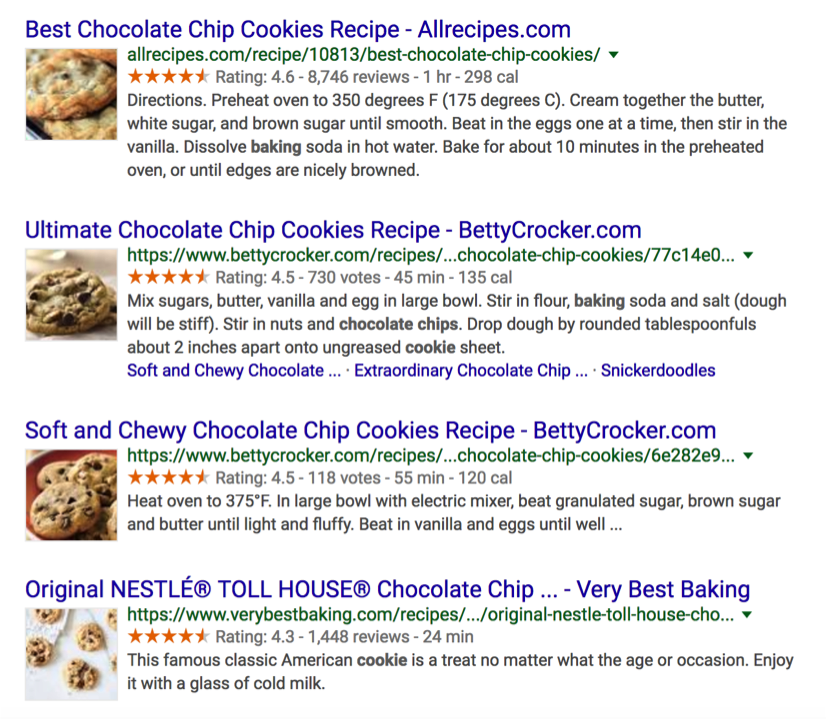
Examples of rich snippets – these are the ratings, reviews, cook time, and calorie info that show up underneath each recipe. In case you were wondering, I did stop writing this so I could bake some cookies. They turned out great.
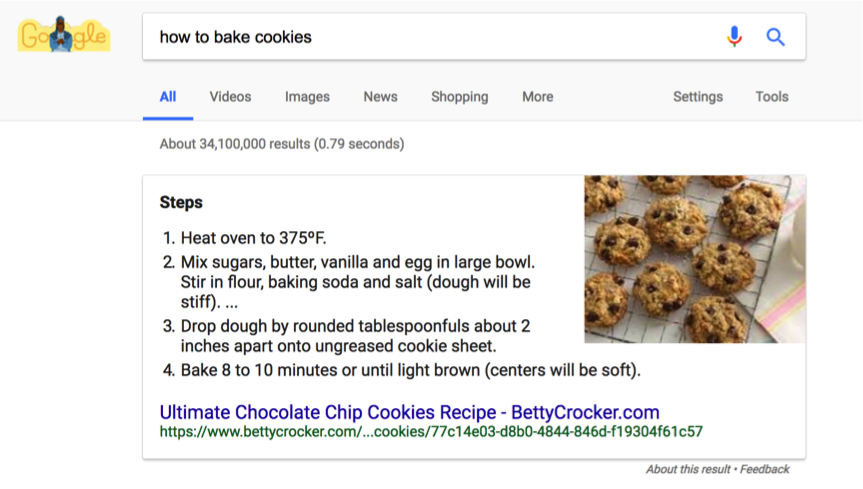
Example of a featured snippet. I was craving chocolate chip cookies while writing this.

Example of rich cards. You can scroll through the top sights in Nashville on desktop and mobile by swiping right.
So, how do we do it? (Part 2)
Good news! It’s pretty easy AND you don’t need a developer to do it. Even better news: Google has a tool that automates most of the process for you. Their Structured Data Markup Helper walks you through the process of implementing structured data on your website.
Bad news: you have to implement structured data onto your website page-by-page. If you have a small website, we recommend you take the time to do it for each page. If you have a larger website, focus on the key pages- the homepage, the contact page, and top-level navigation pages.
- Choose what type of website you have from Google’s list and enter the URL of the page you’re implementing structured data for. Then hit ‘start tagging.’
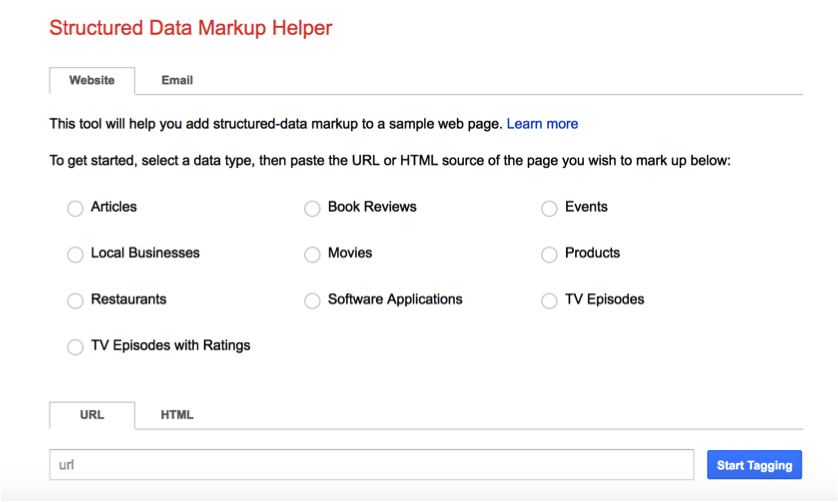
- On the right hand side, you’ll see a list of items Google wants to know about your website. Simply click on those items within your website, highlight them, and select which data points they match. Check out this handy video below for our client Roseina’s as an example!
- Once you’re done filling out as many data items as you can, click the red “create HTML” button. By default, Google will spit out some HTML code, but they actually recommend JSON-LD (bear with me if this is too technical. It’s easy and you don’t need to know code to do it!). Use the toolbar at the top to toggle the JSON-LD code instead.
- Copy the JSON-LD code and insert it into the header of your website. The code should go after the opening <head> tag but before the closing </head> tag. Protip: if you have a WordPress site, there’s a nifty plugin that allows you to easily add code to the header on any page of your website without you needing to go through the Editor.
- Test it out! Go to the Structured Data testing tool and enter the URL you just implemented structured data for. Google will automatically tell you if there are any errors.
- You’re done! Repeat for as many pages as necessary.
Phew, I’m exhausted. That was a lot of information.
I know, I’m tired too, and I’m craving chocolate chip cookies again. The bottom line is – you can’t escape voice search, and you’re better off preempting it rather than scrambling to optimize for it when it surpasses normal text searches. Plus, this is a major way for you to get ahead of your competitors and in front of your users.
ONE LAST THING – before you go forth and implement your structured data, get to know Siri a little bit more.
Digital & Social Articles on Business 2 Community
(100)

